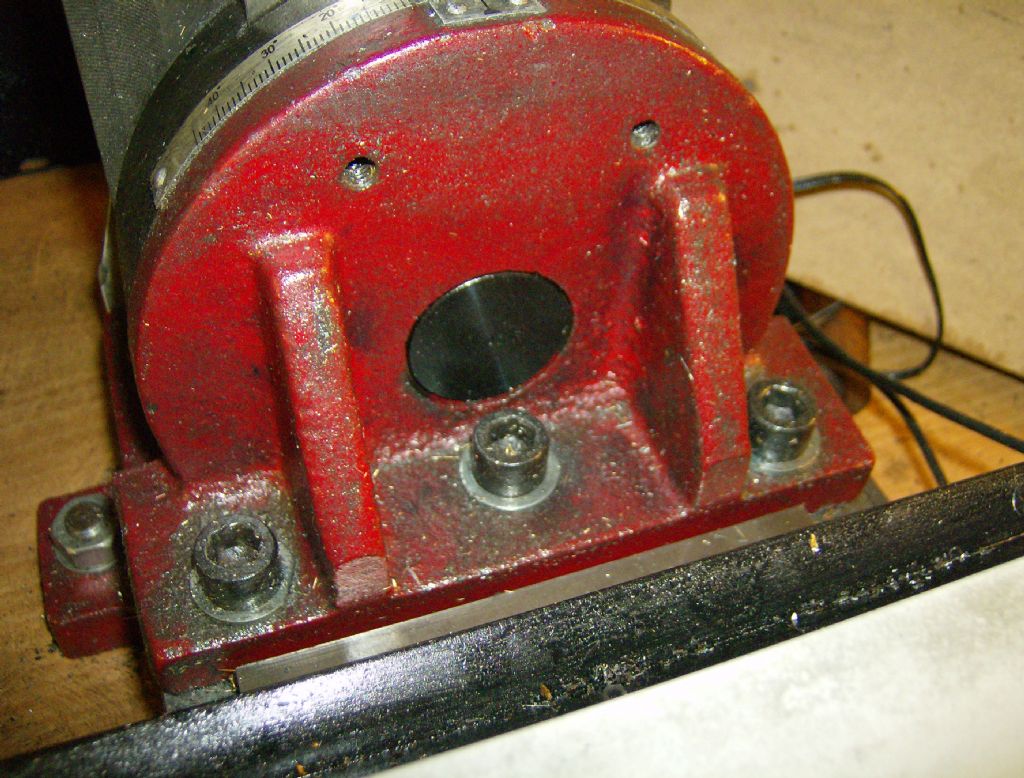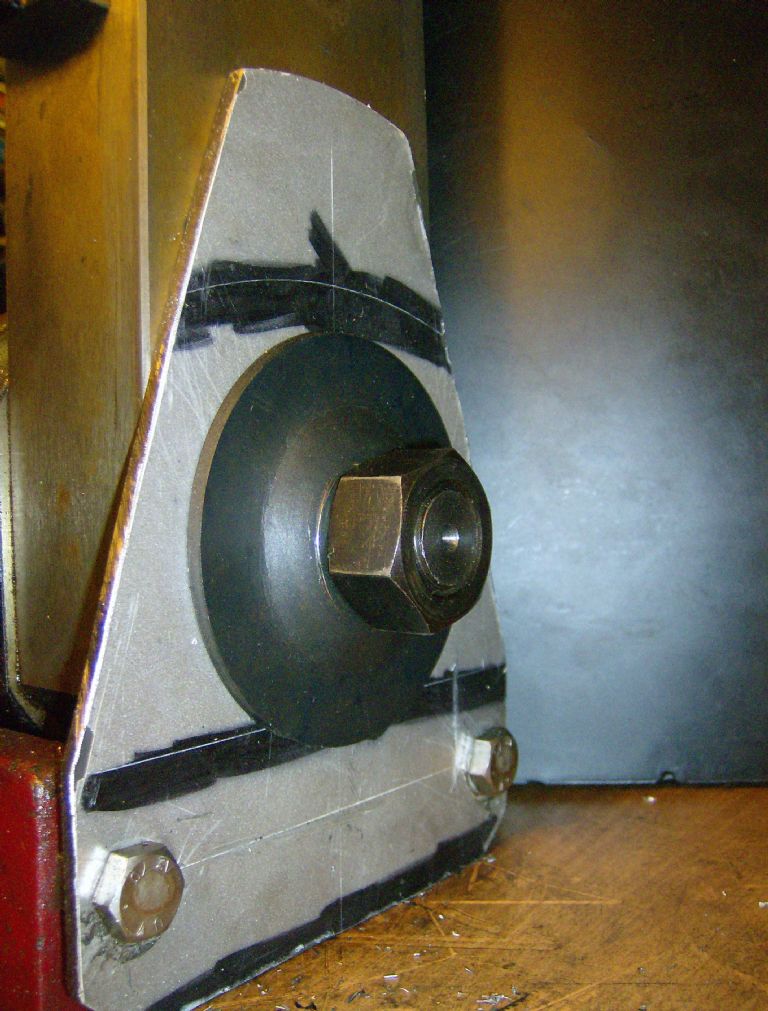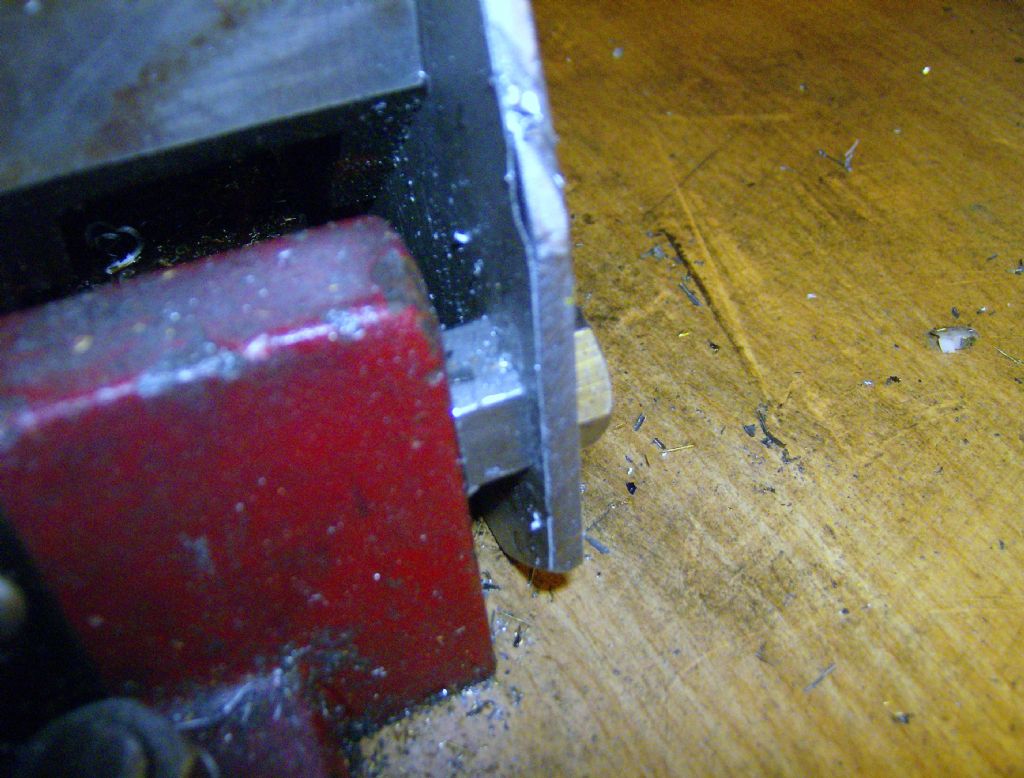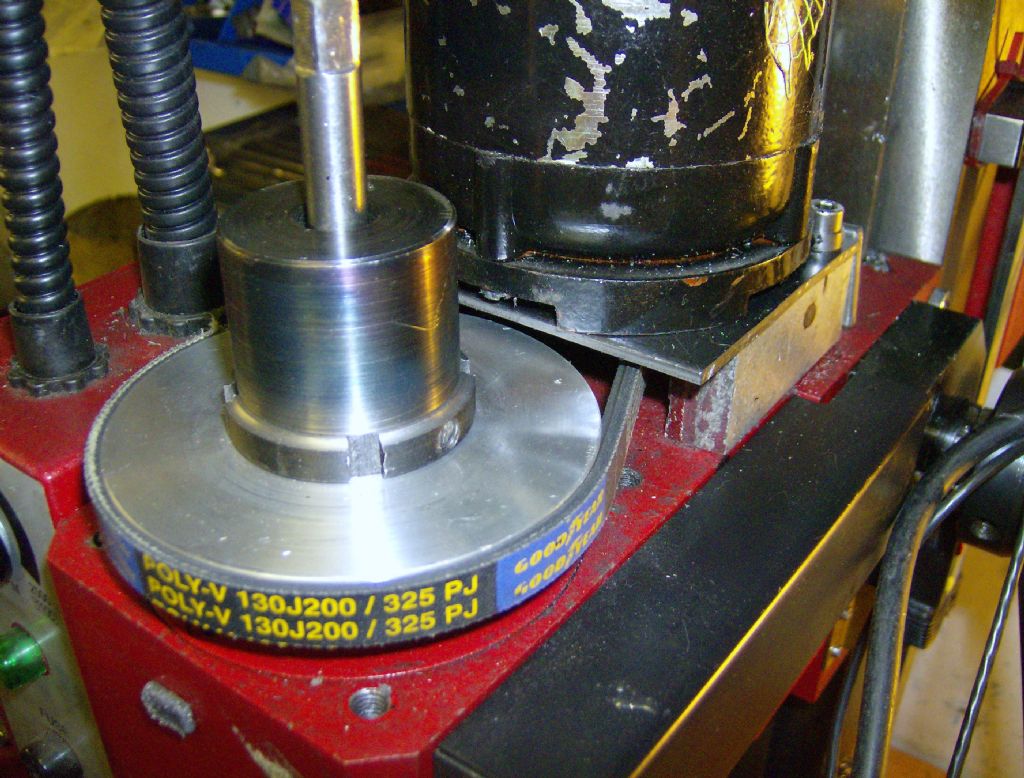John, you've mentioned a few times that you would like to take 1mm DOC in steel. The answer is yes, no and maybe.
Ketan said:
The DOC is dependent on various factors, based on your motor/torque/hi/low gear in your case, feed, speed, cutter grade/quality/coated/un-coated, quality/grade of material being milled, with or without coolant, and finally what your expectations are. It is a process of experimentation
Generally, I would start experimenting with 0.5mm depth for Steel, 1mm depth for Aluminium, checking the feel and finish, and then proceeding to deeper depths between 1 to 2mm for Steel and 2mm to 3mm for Aluminium, and so on, depending on factors mentioned above.
Good advice, but you always have to work within the limitations of your machine. Pushing too hard may result in tears! There's a clue in the name 'Mini-mill'. As milling machines go, it's at the small end, not designed or built to chew through metal at spectacular rates.
The two key limitations are motor power and rigidity. Related to those are the risk of burning out the motor, or controller, or busting gears etc. when the machine is abused.
As machine tools go, 350W isn't a lot of power when it comes to removing metal quickly. Even so, it's plenty powerful enough to damage the machine if the operator is excessively heavy handed. It will easily do a slow feed 1mm deep cut in steel with a small diameter cutter (you mentioned 10mm), but don't try it with a fly-cutter!
Similarly, mini-mills (and hobby mills generally) aren't particularly rigid. They are not heavily built compared to a much more expensive industrial machine. Irrespective of motor power, DOC is limited by how much vibration the machine can absorb. That depends on a whole bunch of factors, not least how firmly the work can be held. (A low flat object bolted straight on to the table will take much heavier cuts than a tall wobbly thing held in a vice.)
Ketan advised experimenting starting with light cuts. Although there are calculators I think that's the best way to approach hobby milling. Listen carefully to the machine and look at the results. When you get used to it, you can hear the difference between a machine working hard and a machine that's struggling. Inspecting the cut is invaluable too. If the finish is poor try adjusting cutter rpm, DOC, and feed rate to improve it.
But my main point is that mills should be operated by surgeons, not butchers! This is particularly important when the tool is relatively flimsy. Becoming a surgeon will need study and practice; do you know about climb milling yet; have you tried it? JasonB is running a series on milling in MEW at the moment and this forum is good at answering questions.
Nothing wrong with a mini-mill within it's limitations, but they have to be lived with. If your need is to remove large amounts of steel quickly, you need a much bigger machine.
Dave
Edited By SillyOldDuffer on 05/05/2018 09:50:42
John Murphy 3.











